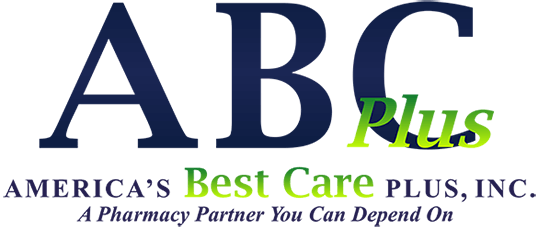If you have a chronic respiratory disease, Pulmonary Rehabilitation (PR) may be the breath of fresh air you need to take control of your life and your condition. A type of medical therapy that combines education and actionable health, PR can help people with breathing issues improve lung function, reduce severe symptoms, and live a better quality of life. Sound too good to be true? Read on to discover some fast (and totally accurate) facts about pulmonary rehabilitation.
What is Pulmonary Rehabilitation?
Pulmonary Rehabilitation is a supervised medical program designed for people who have a lung disease such as chronic obstructive pulmonary disease (COPD), asthma, or cystic fibrosis. PR combines exercise and education to help improve breathing and overall physical fitness. The goal of this type of therapy is to reduce symptoms associated with lung diseases, increase daily activities, and improve quality of life.
Pulmonary rehabilitation is usually an outpatient program administered by a team of healthcare professionals. This can include doctors, nurses, respiratory therapists, exercise specialists, dietitians, counselors, and other skilled providers.
What Does Pulmonary Rehabilitation Involve?
Pulmonary rehabilitation programs are tailored to each individual’s needs, but typically include a combination of exercises, breathing techniques, health education sessions, counseling and support groups. Most programs use a small-group format and include:
- Exercise Training. Supervised classes may include cardio, strength training, aerobics, weight lifting, or stretching. Exercise has been shown to improve muscle strength and function, which can help reduce shortness of breath. It can also help improve energy levels, reduce stress and limit fatigue.
- Health Education. These sessions usually focus on topics such as medication management, nutrition, disease progression or exacerbation prevention.
- Breathing Techniques. Breathing techniques such as pursed-lip and diaphragmatic breathing can be used to improve air flow and reduce shortness of breath.
- Nutritional Counseling. Nutritional experts may help you create a lung-friendly eating plan to maintain a healthy weight and keep your breathing in check.
- Emotional Support. Counseling sessions focus on helping patients understand the nature of their condition and how best to manage it day-to-day. They may also cover topics such as relaxation techniques, or dealing with depression/anxiety related to the condition. Support groups provide a space for patients to share experiences in a safe environment with others who understand what they’re going through.
The Benefits of Pulmonary Rehabilitation
Pulmonary rehab offers numerous benefits for those living with a chronic lung condition. It can help reduce shortness of breath and fatigue during daily activities; increase physical endurance; reduce anxiety and depression associated with the illness; improve sleep quality; and help individuals learn strategies for managing their condition more effectively. It also provides an opportunity for participants to meet others who are dealing with similar issues so they don’t feel isolated or alone.
How to Get Started with Pulmonary Rehab
If you think pulmonary rehab might be right for you or your loved one, talk to your doctor about whether it would be beneficial for your particular situation. You can also call the American Lung Association Lung HelpLine at 1-800-LUNGUSA to speak with an experienced professional who can help you find a nearby program. Once you start the program, stick with it; studies show that individuals who complete at least 8 weeks of pulmonary rehab have the greatest chance of improving their breathing and overall health.

